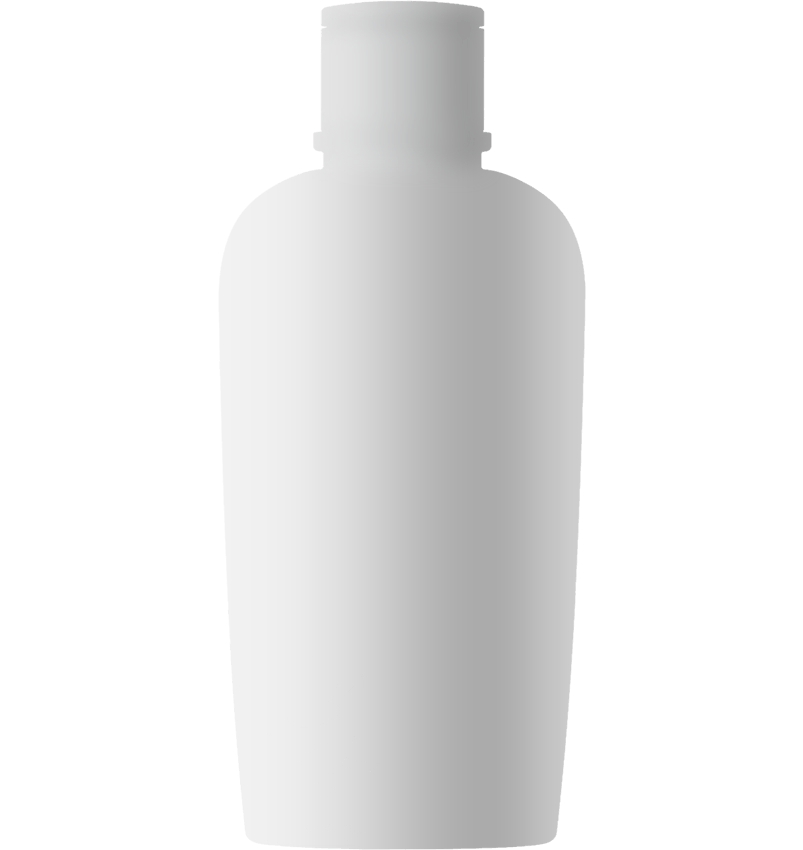Liposuction is a surgical procedure designed to remove localized fat deposits from various parts of the body. While primarily performed for body contouring and aesthetic purposes, it can also aid in treating certain medical conditions like lipomas or gynecomastia. Liposuction enhances the body’s shape and proportion, providing a more sculpted and toned appearance.
This procedure can target multiple areas, including the abdomen, thighs, hips, buttocks, arms, chin, and back. By addressing stubborn fat that resists diet and exercise, liposuction offers transformative results and boosts self-confidence.
Health and Functional Improvements
• Can treat medical conditions like lymphedema, lipomas, or gynecomastia.
• Improves mobility and comfort by reducing excess fat.
Minimally Invasive with Advanced Techniques
• Use of cutting-edge technology like laser or ultrasound-assisted liposuction.
• Minimally invasive approach for reduced downtime and scarring.
Quality of Life Enhancement
• Boosts self-esteem and body image.
• Encourages healthier lifestyle choices post-procedure.
Critical Success Factors
• Clear communication of goals and expectations between the patient and surgeon.
• Expertise in advanced liposuction techniques for superior outcomes.
• Commitment to pre-and post-surgical care.
Recovery Trajectory
• Immediate Post-Surgery: Outpatient procedure with same-day discharge in most cases.
• Initial Recovery (1-2 Weeks): Swelling and bruising subside; patients can return to light activities.
• Full Recovery (1-3 Months): Final results become visible as swelling completely resolves.
Key recovery factors include wearing compression garments, maintaining a healthy lifestyle, and following professional guidance for optimal healing.



